Dogs are generally known to be voracious eaters. All across social media, the internet, and even when talking to friends, dogs and food have an overly friendly relationship! They eat what is meant for them, and try and eat those foods that aren’t. What, then, happens when your dog doesn’t eat what’s given?
Picky eaters exist even among our canine friends, and it can lead to a lot of frustration among pet parents. Not eating for prolonged periods of time can also make malnutrition and weight loss very real problems.
What Causes Picky Eating In Dogs?
Medical Reasons
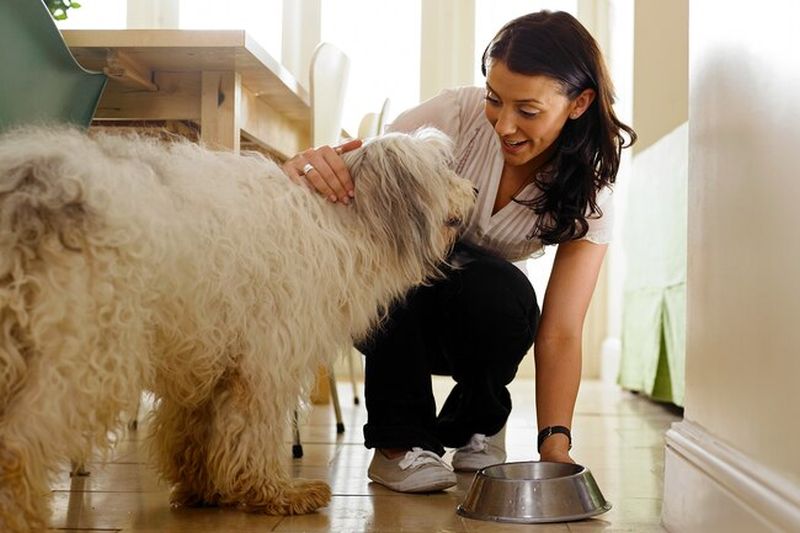
If your dog is suddenly not eating, then there could be an underlying medical cause. Those who are suffering from gastrointestinal distress can refuse to eat as they are feeling gassy, bloated, or are experiencing nausea. If your dog is on antibiotics, then the loss of appetite is a common side effect. One who is food motivated under normal circumstances is not likely to lose that motivation overnight. Any sudden changes like this should be brought to the immediate attention of your vet.
Not Food Motivated
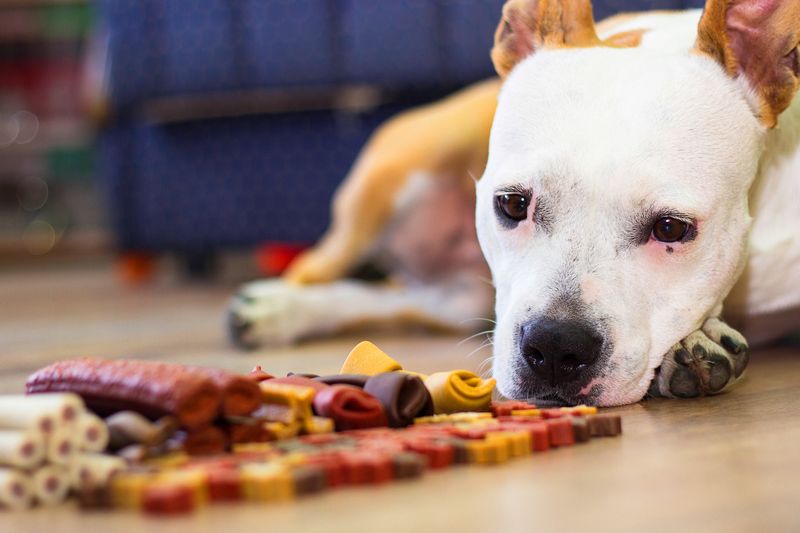
If your dog has always been a picky eater and is healthy, then there could be a few causes. The most common one is that your pet might not consider food to be the ultimate goal in his life. Many dogs will drop everything for food, but other ones are motivated by other things like praise or playtime or love.
Your Dog Is Bored Of The Same Food
Your dog also might be bored with what you are giving him every day. They like variety too, and some might lose interest in that flavor or a particular type of food over time. Also, if you are making the food available all the time, then the puppy will get complacent that food is always available to him.
Placement And Snacking
Where you give him food is also important because many dogs don’t like loud noises and crowds. If his feeding area has both, he might associate food with anxiety, and thus, refuse food. Finally, members of the house might be giving your dog too many snacks. If you have a family, then everyone feeding them with snacks even once a day adds up! Your puppy may not be eating because he is full!
What Can I Do To Help?

Set the Right Expectations
Dogs have different capacities of having food, much like humans. What you consider as picky eating or eating less, might just be optimal for your pet. Even those of the same breed and age group can have different quantities of food while staying perfectly healthy. Go to a vet and have your pet checked for health issues. If he is diagnosed as malnourished or is at risk of being malnourished then you need to take steps.
Dogs like to eat on their own schedule, and if something is making them feel anxious or stressed out (like being held captive by a bowl), they’ll be less likely to want to eat at all. So the first thing you need to do is get them customized bowls that will make them feel more relaxed when eating.
Looking for personalized dog bowls? 4inbandana offers you the best list of custom dog bowls on the web today! Check out their site right away and learn how these customized bowls can help make sure your pup gets all the nutrition they need from their meals.
Figure Out What Motivates Your Dog
Different dogs have different motivations. Take out time to understand what motivates it, if not food. If you’re having a difficult time with this, then you could contact an APDT certified trainer who can help you identify a different approach. If you find out what motivates him, you can use this to train him to eat his meals.
Add Variety To His Diet
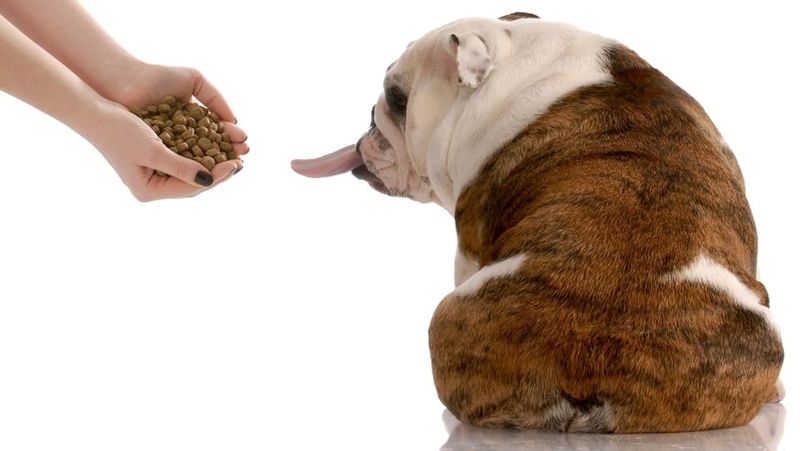
If you’ve been giving your dog kibble all the time, you should get him a few more options so you can rotate the meals and keep him interested. Try switching out his kibble with wet food once in a while, and see if this change excites him. If you are cooking at home, think of rotating proteins and vegetables, and adding different food toppers available in the market. If you like the convenience of store-bought but value the wholesomeness of homemade food, you can check out PetCareRx.com for commercial dog food made from real ingredients. They come in several varieties and can be stored long-term.
Stop Snacking!
Start keeping a track of the snacks given to the dog. You can ask all members of the household to write down when they give him snacks in a clearly visible area, like on the fridge. This way, everyone can see how much he has been given to eat, and chances of overfeeding go down significantly. Alternatively, you can stop snacking altogether.
Feeding Area
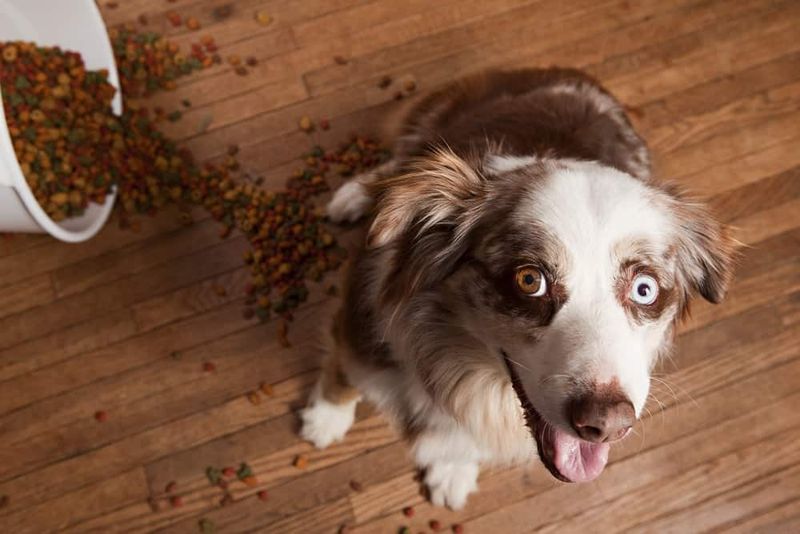
If you leave out your dog’s food all day, you should stop. Put away the bowl and the food after mealtimes are done, even if he expects it to be available all day. If the area you feed in is loud or has a lot of people passing through, change it. Your puppy might have developed a negative association with the food and being anxious. You can speak to a trainer to come up with a plan to overcome this.
Dogs Have Preferences
Much like humans, dogs have different preferences. There are those that love raw food and they avoid kibble. There are also pets that would never have raw meat. It’s all about preferences. Try different ingredients and cooking methods to find what your dog loves. It can be a simple fix if you figure out his favorite meal.
Make Mealtimes Fun
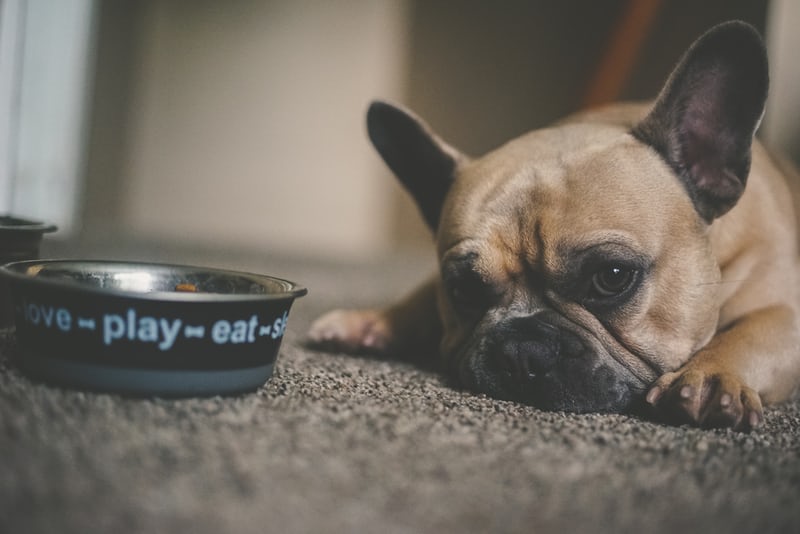
Often, picky dogs can pick up on your frustrations when they don’t like what they’ve been given. If your puppy likes playing, you could think up a game that involves food to motivate him to eat. This would also break down the negative associations with mealtime that have built up over time and will motivate your dog to eat. It also helps you bond with your puppy, and lessens frustrations for you when he does eat!

